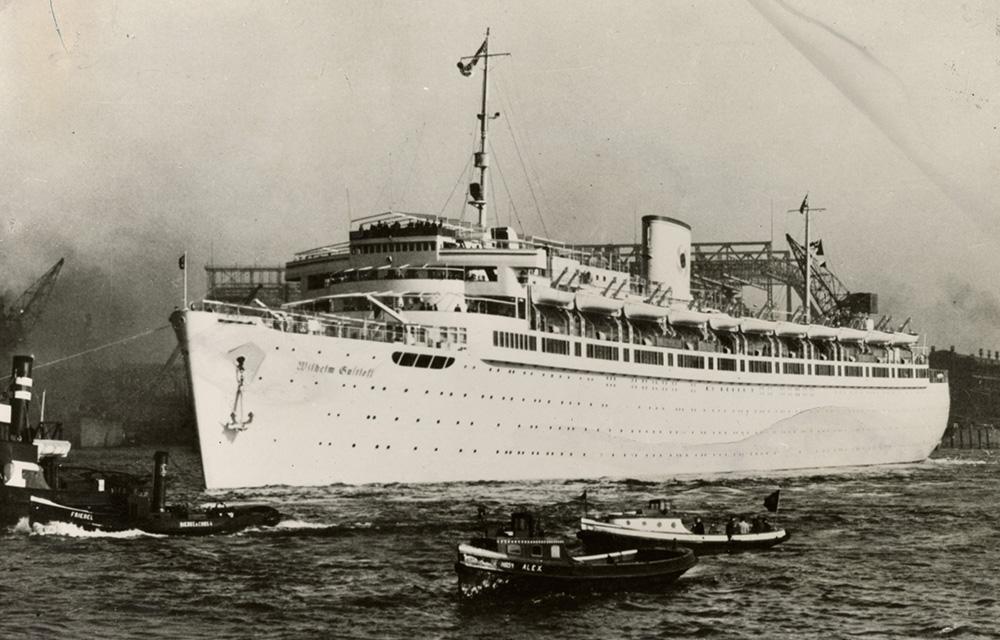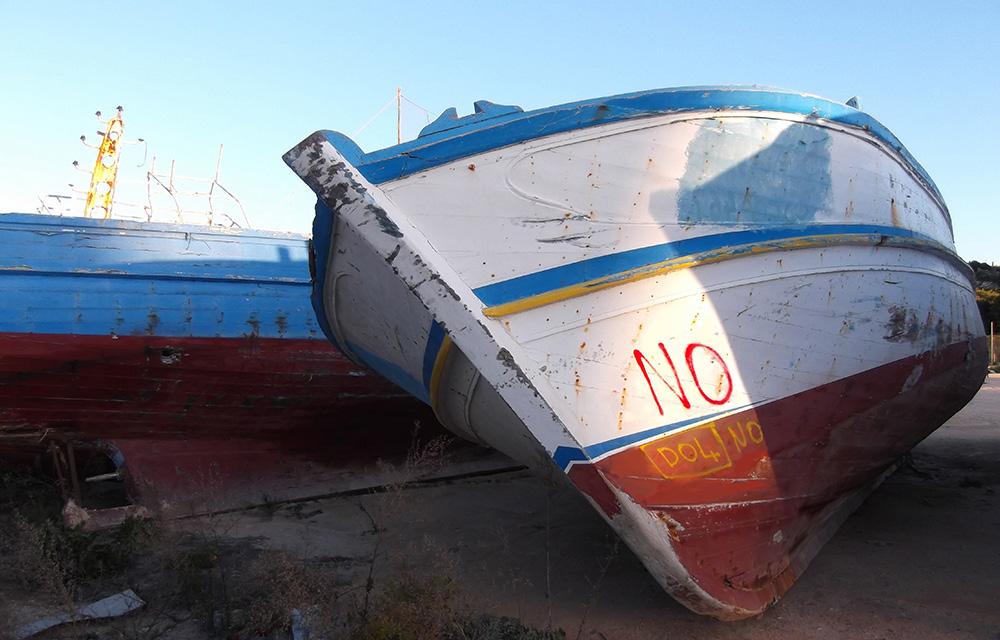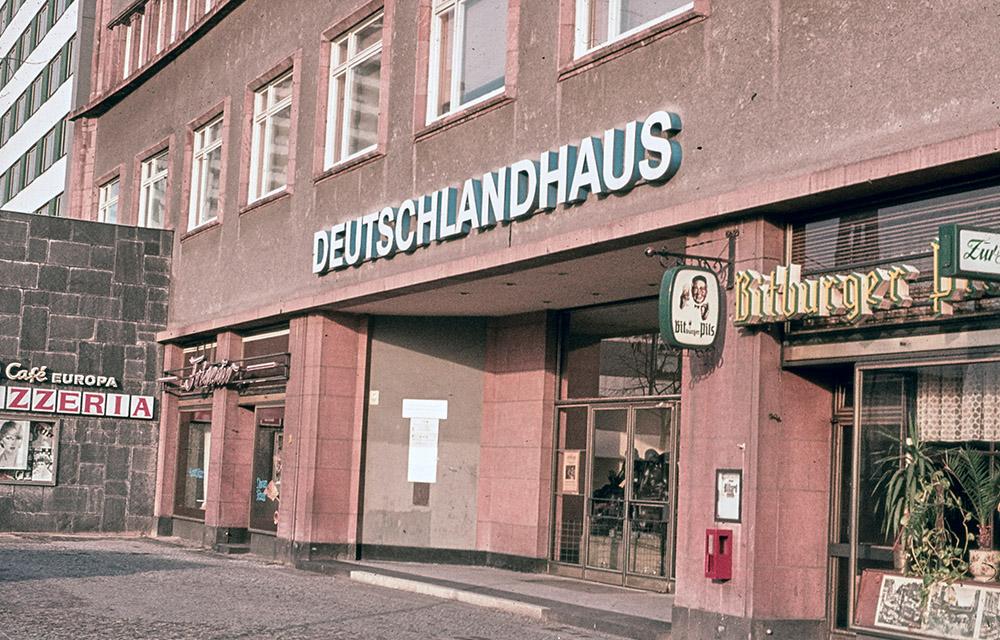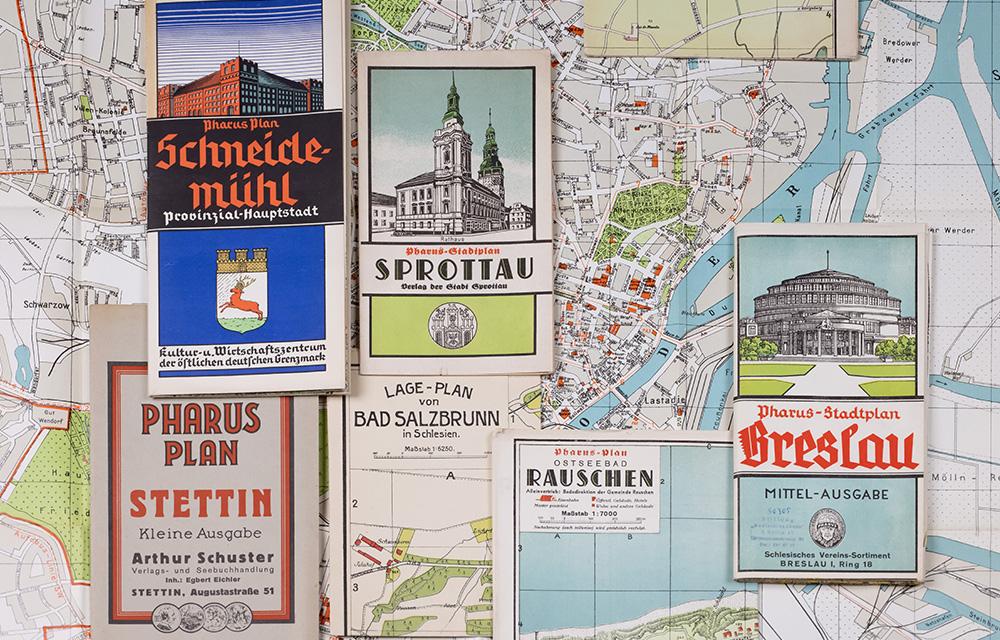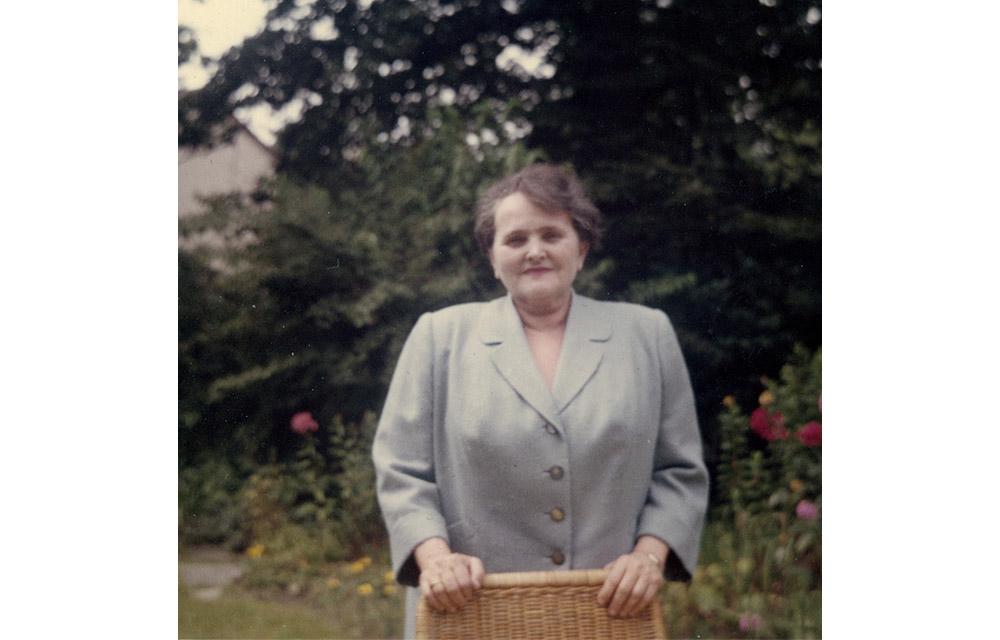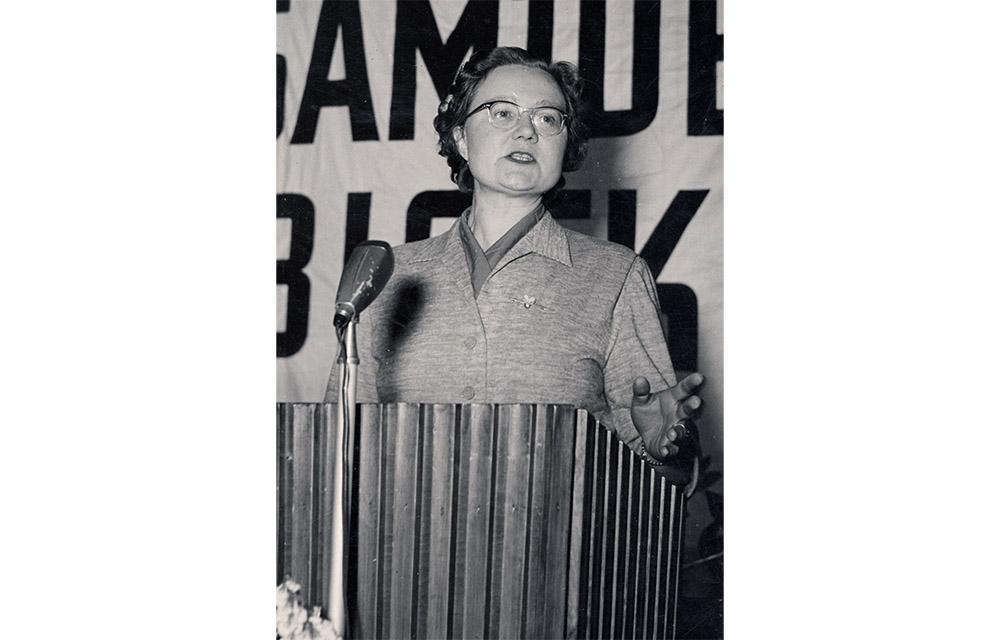Foundation Deutschlandhaus
The holdings of the Stiftung Haus der Ostdeutschen Heimat (House of the East German Homeland Foundation) / Stiftung Deutschlandhaus (Deutschlandhaus Foundation) comprise over 250 files from the period 1961 to 2000.
The Haus der Ostdeutschen Heimat was a cultural meeting place for expellees in Berlin from 1961. In 1974, the Stiftung Deutschlandhaus was founded and the building, which today houses the Documentation Centre, was renamed Deutschlandhaus. The holdings include documents on the activities of both foundations, such as business records, minutes of the board of trustees, documents on events, on exhibitions and on the collection.
The reading room of the library and testimony archive also offers access to the extensive library and periodical collection of the two foundations, in addition to the archive. The collection of historical maps, topographical city views as well as paintings, drawings and prints by artists from the areas east of the Oder and Neisse rivers and German settlement areas outside of the borders of the Reich were also acquired.

